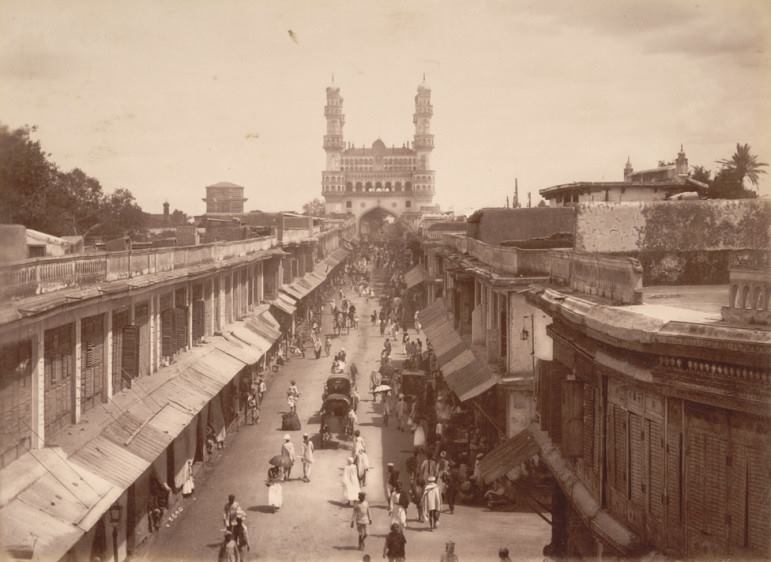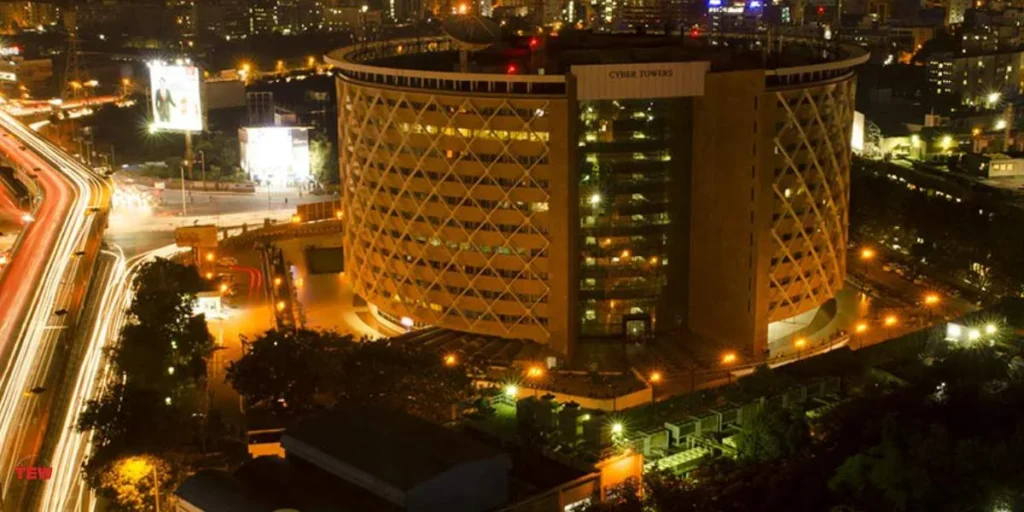The Eternal Charm of Hyderabad
A City of Resilience and Reinvention
Hyderabad’s story is a masterpiece of resilience, innovation, and cultural fusion. From the majestic halls of Golconda to the skyscrapers of Gachibowli, every corner of the city whispers tales of its glorious past and ambitious future.
The Founding of Hyderabad

The city of Hyderabad was established by Muhammad Quli Qutb Shah of the Qutb Shahi dynasty. Inspired by love and a vision for urban grandeur, he named it Bhagyanagar, after his beloved Bhagmati, before it became Hyderabad. The city was planned around the iconic Charminar, designed to symbolize Hyderabad’s importance as a cultural and trading hub.
The Rise of the Nizams

the Nizams of Hyderabad took the city’s reins, transforming it into one of the wealthiest princely states in India. Their contributions to education, healthcare, and infrastructure are legendary, including the establishment of Osmania University, the introduction of modern railways, and the construction of hospitals and dams. The Nizams also earned global fame for their incredible wealth, including the world-famous Jacob Diamond and an unmatched collection of pearls.
Architectural Marvels
Golconda Fort
A testament to medieval engineering and grandeur.
Mecca Masjid
One of the oldest and largest mosques in India.
Chowmahalla Palace
The royal residence of the Nizams, exuding regal charm.
Falaknuma Palace
A marvel in marble, once home to royal feasts and meetings.
Hyderabad and the Indian Union

Post-independence, Hyderabad’s integration into India was a pivotal chapter. The police action of 1948, known as “Operation Polo,” brought Hyderabad into the Indian Union, ensuring its evolution into a democratic state.
The Modern Era: HITEC City and Beyond

Post-independence, Hyderabad’s integration into India was a pivotal chapter. The police action of 1948, known as “Operation Polo,” brought Hyderabad into the Indian Union, ensuring its evolution into a democratic state.
